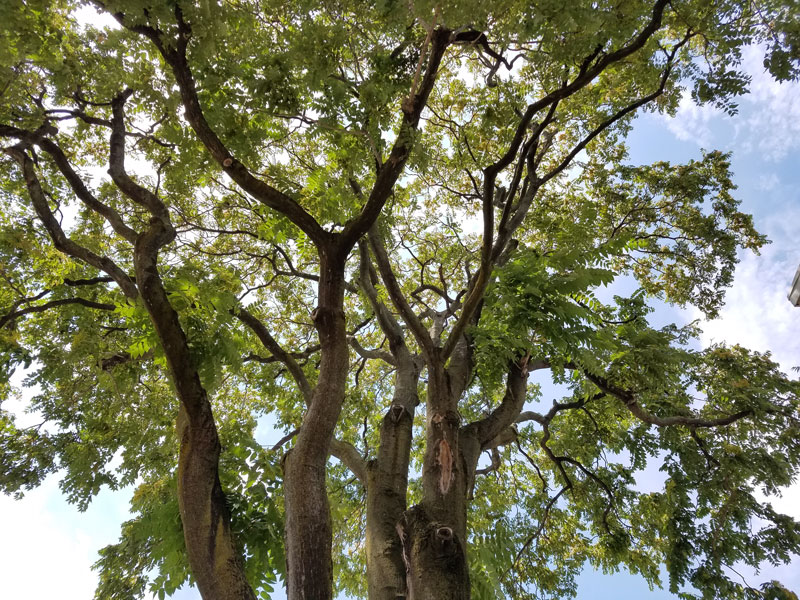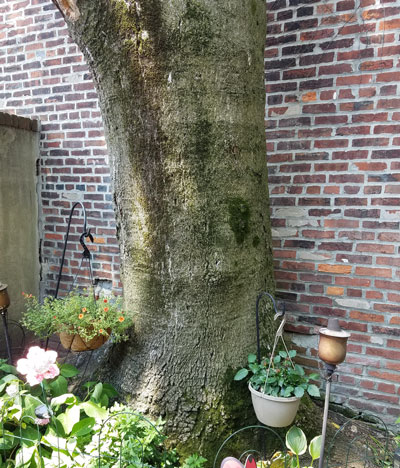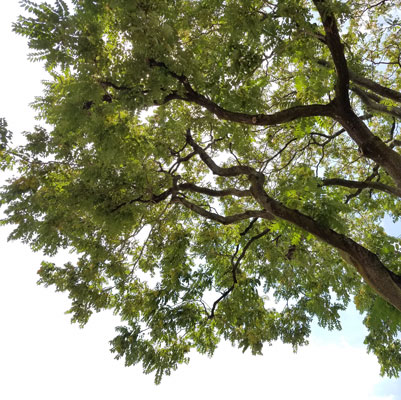Easy to hate, but very easy to Love.
The Ailanthus is a rough tree to kill and is probably why it is considered a weed. They spread fast. However, back in the day they were considered ornamental trees. But things change. In New York, this type of tree had for decades been the centerpiece of the sculpture garden at the Noguchi Museum in Queens. From the article “A Tree That Survived a Sculptor’s Chisel Is Chopped Down” by GLENN COLLINS,MARCH 27, 2008 in the New York Times (http://www.nytimes.com/2008/03/27/nyregion/27tree.html)
“It was a survivor, always there,” Ms. Rychlak said of the junkyard dog of a tree. The ailanthus, an invasive species brought to the United States from China, is currently designated a “noxious weed” by the United States Department of Agriculture. Given its offensive odor, it has won such epithets as “stink tree” and “ghetto palm,” thriving despite neglect, water deprivation and even physical abuse.
But the Chinese call it Tree of Heaven, and have long found its leaves, bark and wood useful in traditional medicine. And this ailanthus was spared by Noguchi when, in 1975…
“Ailanthus is about survival, and grows where no other tree dares grow, even in polluted soil,” said Mitch Cope, an artist with the collective. He added that the tree “is easy to hate, and just as easy to fall in love with.”
Another article https://trcs.wikispaces.com/A+Tree+That+Survived+a+Sculptor%27s+Chisel+Is+Chopped+Down
I would have to agree with Mitch Cope’s quote, it is easy to hate but it is very easy to fall in love with.

As many commentators have said, the tree is a tough one to kill and you have to dig deep into the ground to get the roots. It is not a little expense to do so especially in such a confined space. So we say, let it live until it has lived out its life and then we will do it soundly; much like they did at the Noguchi Museum in Queens. However, we will have to take it to below ground, because the developers would just chop it again. Plus add to that, the cost of repairing the brick wall and patio work that would have to be done. This endeavor should not be done just for the sake of doing so. We hope the developer realizes the costs to do this and the choice they make on their own.
The tree’s annual rings revealed its age to be 75. But even as a stump, the Noguchi tree may have the final say. “The ailanthus is well known for regenerating from its roots,” Ms. Dixon said. “If it revives, the original could be here again, as a symbol for the museum.”

Please don’t forget to sign and share our petition to save small open spaces in new developments in Philadelphia.
https://www.change.org/p/councilman-mark-squilla-save-old-2-st-tree



No Comments